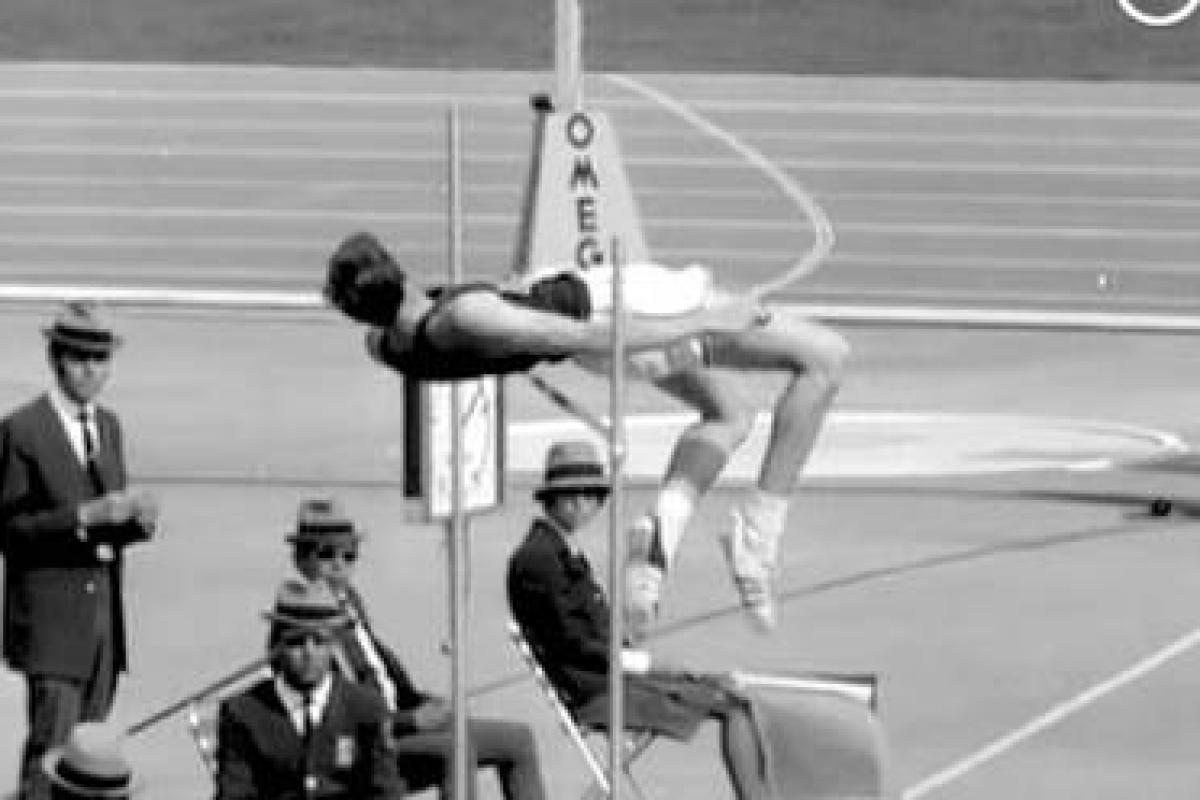The 1968 Summer Olympics, officially known as the Games of the XIX Olympiad, were held in Mexico City in October 1968.
There were a number of memorable moments, amongst them was the medal award ceremony for the men's 200 metre race, when black American athletes Tommie Smith (who had won gold) and John Carlos (bronze) took a stand for civil rights by raising their black-gloved fists and wearing black socks in lieu of shoes.
It was also the Olympics where future professional world's champion and grill salesman, George Foreman won the gold medal for boxing.
However, for any innovator it was the Olympics where the world of the high-jump was revolutionised by the disruptive Dick Fosbury.
Dick Fosbury was by his admission “the worst high jumper on his team, in our league” but after his coach allowed him the time and space to go back and rethink his approach, he went to invent something that would change the athletics world.
Interviewed a number of years later, he describes going back to basics and working with the oldest and most basic approach to high jumping - the scissors. He worked and worked on it and slowly it evolved in a new style – what was ultimately to become the Fosbury Flop.
When he started using it in 1965, it was seen as strange and a novelty, but it caused a storm when he used it to win the gold medal in 1968. Over the next few years, the flop became the dominant style of the event and remains so today.
It is worth noting that the flop relied on one background factor that doesn’t always get too much of a mention and that’s the change in landing surfaces. There had been an on-going evolution from sandpits or low piles of matting, on which high jumpers of earlier years had to land on their feet or at least land carefully to prevent injury, to the introduction of deep foam where landing wasn’t such a problem. Without this change, the flop would have been too dangerous to perform.
So what are the lessons for modern marketing innovators?
- Innovation often needs an incentive – what’s your reason for change?
- Innovation takes time and space – brainstorming may not be the answer or may only be the start of the answer. Will you find the time and headspace to give to your innovations?
- Not all innovations are overnight sensations and many have to face initial ridicule – how long are you willing to wait for your new innovation to become a success?
- Innovations don’t happen in isolation – they are interdependent on other factors and other developments in the marketplace around them. What factors are changing in your marketplace and can you use them to your advantage?
- Sometimes it pays to go back to leap forward – going back to the future shouldn’t just be a movie title. Is there something in your past which could help shape your future?
